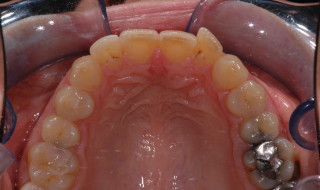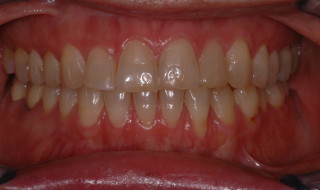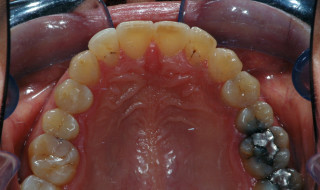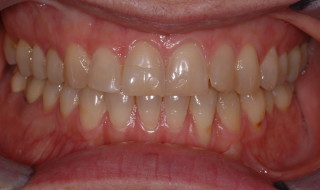Cesare Luzi illustrates the results achievable with Nuvola clear aligners.
Invisible orthodontic techniques, such as clear aligners and lingual appliances, have radically changed orthodontics, allowing patients with particular professional and social needs to undertake treatment. Requests for invisible appliances come generally from adult patients who dislike the idea of wearing fixed braces, although a more surprising recent trend is increased demand for this type of treatment
from adolescents.
Clear aligners are a wonderful tool that have the ability of satisfying both patient and doctor needs as they are able to guarantee reliable tooth movements without being fixed to the teeth, and with the added benefit of being transparent and virtually invisible.
It is not uncommon for adult patients with a history of using braces during adolescence to suffer a relapse following the end of growth, when the brace retention period has ended. For many of these patients the idea of a new fixed therapy is unacceptable and they would just avoid further treatment if fixed mechanics were the only option.
This would not solve the patient’s problem and at the same time the dentist would lose a potential patient.
Alternative solution
Offering the patient a treatment using an alternative device that is both removable and invisible solves the problem and creates an opportunity to deliver an acceptable solution to patients, and at the same time increase the commercial opportunities for the modern dental and orthodontic practice.
To illustrate what clear aligners can achieve, I present the initial and final records of three young adult female patients who had undergone treatment in their adolescent years and had experienced relapse.
The requirement of all of them was a simple, quick and invisible system to re-align the front segments, which were impairing their smile following relapse. The Nuvola aligner system was used in all three cases with an extremely successful outcome.
For more information on the Nuvola system, call 01825 714 601 or email [email protected].
Figures 1-6: Patient LT used 14 upper and 14 lower aligners with minor slenderising (inter-proximal reduction) both in the upper and the lower arch (Figures 1-3 before; Figures 4-6 after)
Figures 7-10: Patient FQ used 14 upper and 18 lower aligners with moderate inter-proximal reduction in the lower arch (Figures 7 and 8 before; Figures 9 and 10 after)
Figures 11-14: Patient CR used 12 upper aligners without inter-proximal reduction and no treatment in the lower arch (Figures 11 and 12 before; Figures 13 and 14 after)
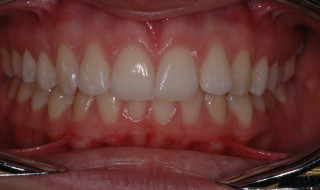
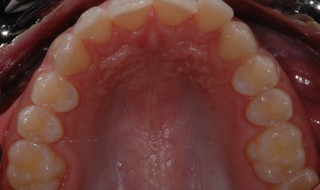
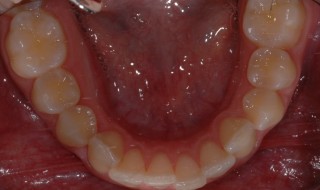
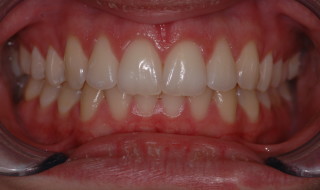
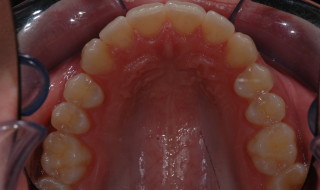
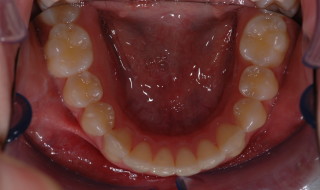
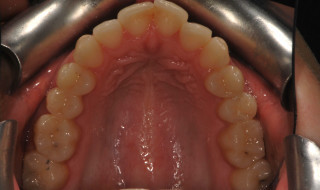
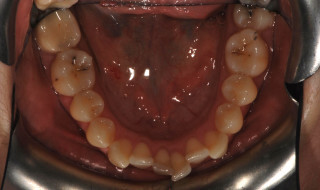
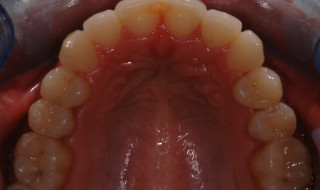
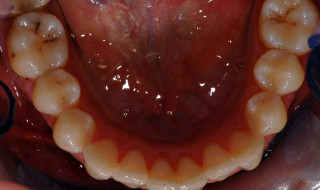
Figure 11
